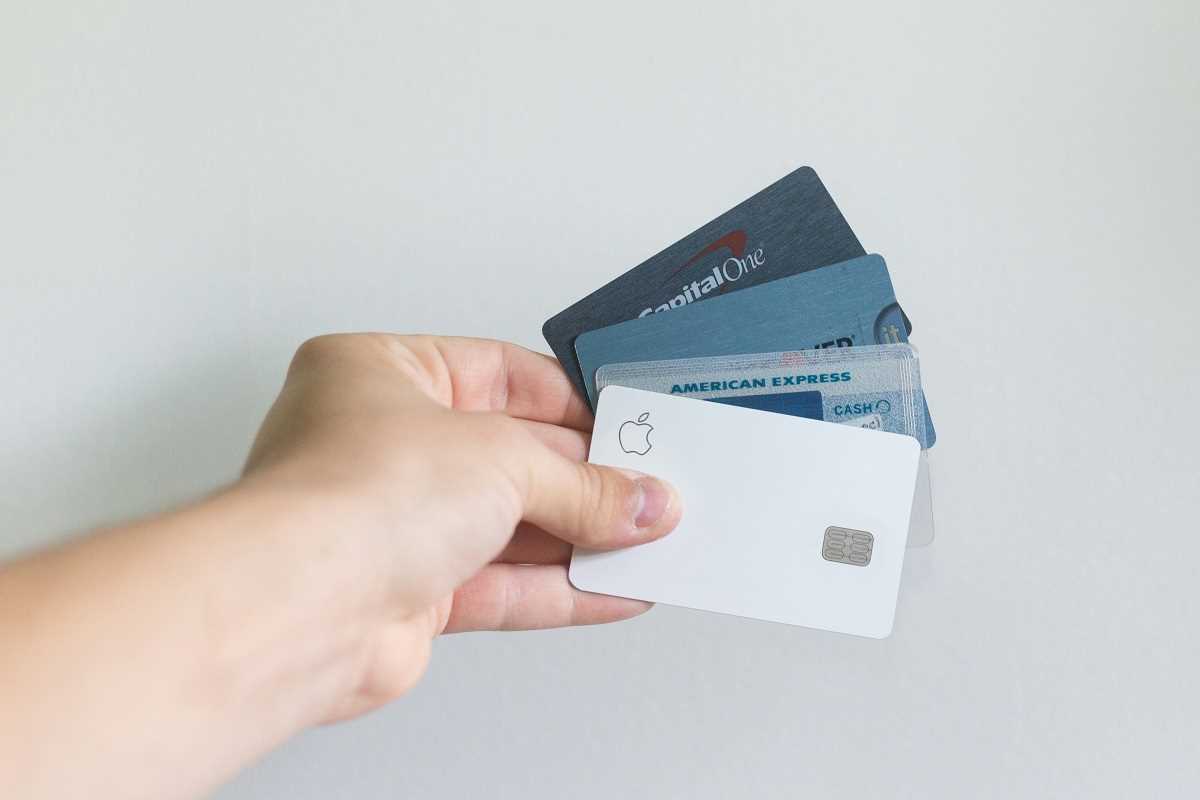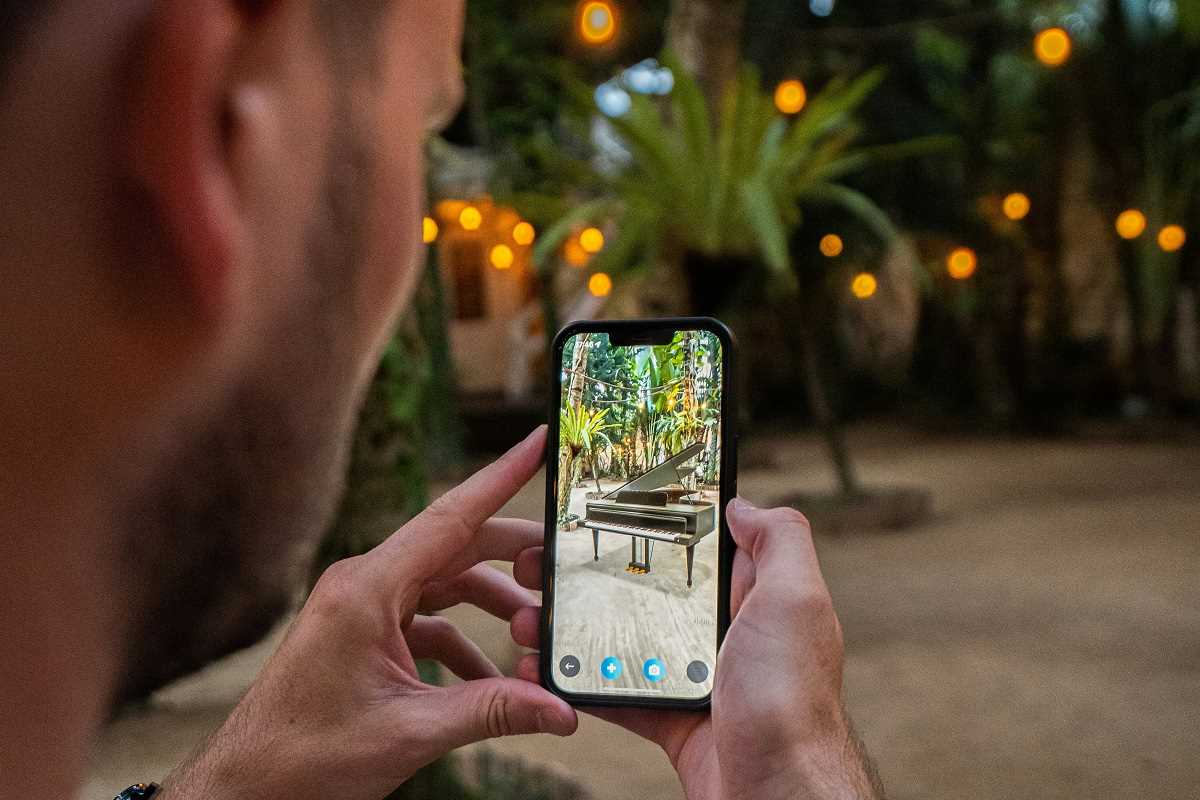It’s no secret that prescription medications can be expensive. Even with insurance, some drugs aren’t covered at all—or the co-pays are still high. If you’ve ever walked away from a pharmacy counter with sticker shock, you’re not alone. Millions of people every year struggle to pay for medications they need, especially if they’re managing a chronic illness or have to take several prescriptions at once.
That’s where prescription savings cards come in. They’re often free, easy to use, and can help you get big discounts on your meds. Think of them like coupons for your medicine—except they work even if you don’t have insurance, and sometimes they even save you more than your insurance would. Whether you’re uninsured, underinsured, or just tired of paying full price, prescription discount cards are worth knowing about.
In this article, we’ll break down how these cards work, who can use them, how to find the right one, and what to watch out for. By the end, you’ll know exactly how to use one to save money the next time you hit the pharmacy.
What Is a Prescription Savings Card?
A prescription savings card is a discount program that helps lower the cost of prescription drugs. It’s not insurance. Instead, it’s a card (digital or physical) that you show at the pharmacy when you pick up your medicine. The pharmacy then applies a discounted price that’s been pre-negotiated by the card provider.
These cards are typically free and available to anyone. You don’t need to qualify based on income or insurance status. Even if you have good health insurance, it can still be helpful to check the discount card price—it might be lower than your insurance co-pay.
How Do They Work?
Prescription savings card companies work by making deals with pharmacies and drug wholesalers. They negotiate lower prices on thousands of medications and then offer those prices to cardholders. When you use the card, you’re not paying the retail price—you’re paying the negotiated discount.
Here’s what usually happens:
- You download or print a savings card (or use an app).
- You bring it to your pharmacy.
- The pharmacist enters the card information into their system.
- You pay the discounted price.
The discount depends on the drug, the pharmacy, and the specific card. In some cases, the savings can be up to 80%, although most discounts are more modest. Still, even saving $10 or $20 on a monthly prescription can add up over time.
When Should You Use One?
There are several situations where a prescription savings card comes in handy:
- Your insurance doesn’t cover the drug.
- Some medications—especially newer or brand-name ones—aren’t covered by certain insurance plans. Instead of paying full price, a discount card can offer some relief.
- Your deductible hasn’t been met.
- If your insurance only kicks in after a high deductible, you might be paying out of pocket until you meet it. A savings card might give you a lower price in the meantime.
- The co-pay is higher than the card’s price.
- It’s not unusual for a drug to cost less with a discount card than with insurance. Always ask the pharmacist to compare both.
- You don’t have insurance.
- If you're between jobs or uninsured for any reason, prescription discount cards can be a lifeline.
Where to Find Them
You’ve probably seen the ads for companies like GoodRx, SingleCare, and RxSaver. These are some of the most popular providers. They each have websites and mobile apps that let you compare drug prices at different pharmacies and show you which card or coupon gives you the best deal.
Some other options include:
- Blink Health
- WellRx
- NeedyMeds
- ScriptSave WellRx
Many grocery store and chain pharmacies also offer their own discount cards or membership programs. Walmart, CVS, Walgreens, and Kroger all have options that might help lower your costs.
How to Use Them
Using a savings card is easy. Here’s a simple step-by-step:
- Go to a prescription discount website or app.
- Search for your medication by name and dosage.
- Enter your ZIP code to compare local prices.
- Pick the pharmacy with the best deal.
- Print the coupon or save the digital card to your phone.
- Bring it to the pharmacy and show it when you check out.
That’s it. No forms, no waiting, no approval process. It’s instant savings.
Things to Watch Out For
While prescription savings cards are helpful, there are a few things to keep in mind:
You can’t use both insurance and a discount card together. You’ll need to pick one or the other. So always ask your pharmacist to run the price both ways and choose the cheaper one.
Savings vary. Not all cards offer the same price for the same drug. It's worth comparing a few before picking the one to use.
Some pharmacies may not accept certain cards. Most big chains do, but a few smaller or independent pharmacies might not participate.
Your insurance deductible won’t be affected. If you use a discount card instead of insurance, the money you spend won’t count toward your deductible or out-of-pocket maximum.
Privacy concerns. Some savings card companies collect data about your prescriptions. If that makes you uncomfortable, read the privacy policy before using the service.
Pros and Cons of Prescription Savings Cards
Let’s break it down a little more clearly:
Pros:
- Free to use
- Available to anyone
- Can provide big savings
- Easy to access via phone or internet
- No approval or enrollment needed
Cons:
- Can’t use with insurance
- Prices may vary depending on location
- Some pharmacies may not honor all cards
- Won’t count toward your insurance deductible
 (Image via
(Image via

.jpg)



